I Object: Ian Hislop’s Search for Dissent at the British Museum
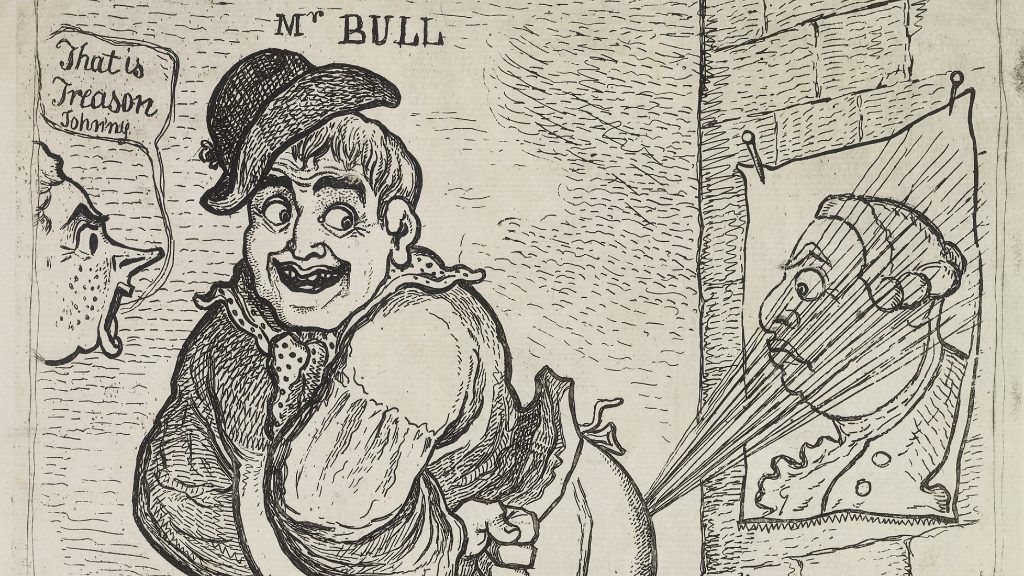
Ian Hislop has been on a hunt for “dissent”. With a career spanning political journalism, commentary and satire, the editor of Private Eye has moved briefly over to the dusty drawers of museum collections. Diving into the archives and storage rooms of the British Museum, Hislop has drawn together a collection of disparate objects from across millennia that have one thing in common: they illustrate a moment of rebellion, objection or satirical humour.
These objects include a brick commissioned for a building by Nebuchadnezzar II in 500BC, who insisted on having his name inscribed on every brick, also signed by a cheeky craftsman. There is also a pretty teapot, cunningly inscribed under the spout with the number 45. In the 1760s, a political journalist openly criticised the Tory government in issue 45 of his magazine. The government ordered all copies to be burned, but the issue number went viral, as it were, as a symbol of anti-governmental dissent in Britain. To incorporate it into a china teapot feels particularly subversive.
Another powerful piece of humour comes in the form of a print, in which a sexual encounter is implied through the clever placement of a pair of large masculine boots and a pair of smaller, dainty women’s shoes. The image was intended to satirise the sexual conquests of the Duke of York, while at the same time appealing to a market for pictures of fashionable shoes.
There are also a couple of opportunities for audience interaction in the exhibition: a chance to design your own rebellious badge and an opportunity to leave a record of your own dissenting acts. Veganism, Brexit, Donald Trump and feminism feature strongly. These offer an opportunity to reflect on how your own stance and acts of rebellion: would you have been a suffragette? An illegal defacer of coins? A keeper of incriminating objects?
Oddly, however, the exhibition itself makes no reference to Brexit, nor to several other close-to-home issues that are currently contested, such as the controversial sponsorship of the British Museum by BP. The inclusion of the Banksy work that was planted in the museum with a fake label in 2005 seems like a slightly sly attempt by the institution to suggest they are happy to be criticised without actually approaching any controversial issues. Moreover, the fairly traditional exhibition layout and the use of large glass display cases throughout somehow gives the impression that the rebellion has been tamed: that dissent is wonderful as long as it’s done at a distance.
Anna Souter
Featured Image: Richard Newton, Treason!!!, 1798
I Object: Ian Hislop’s Search for Dissent is at the British Museum from 6th September until 20th January 2019. For further information visit the exhibition’s website here.


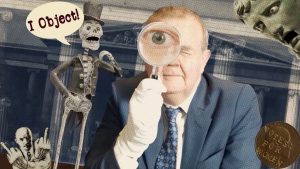





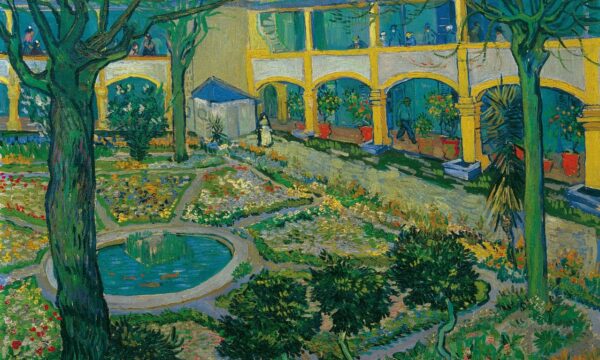
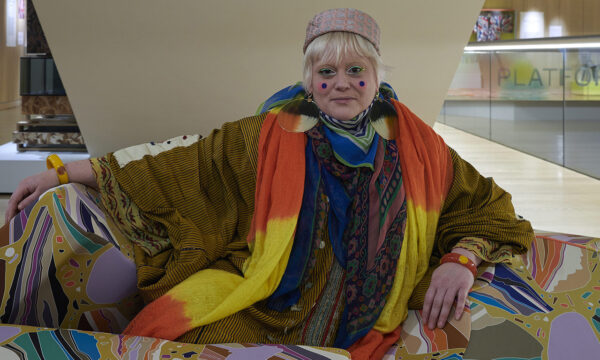
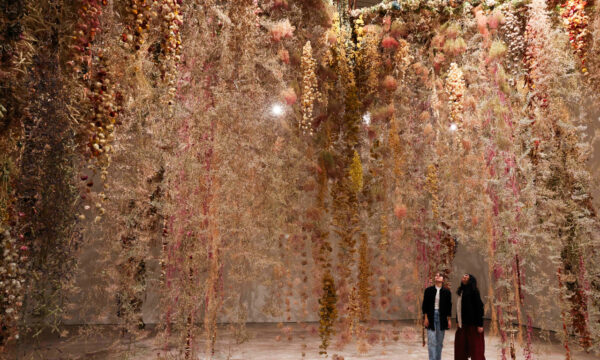
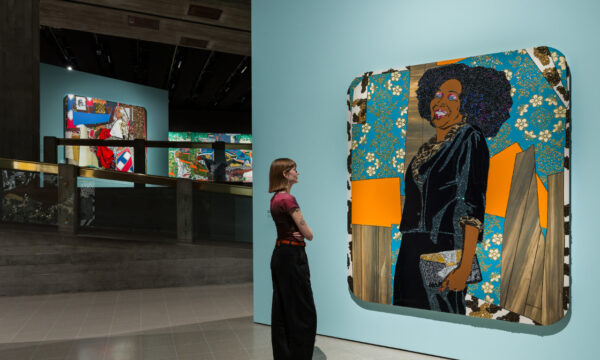
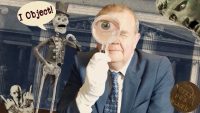





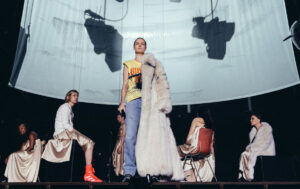


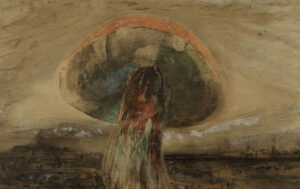
Facebook
Twitter
Instagram
YouTube
RSS